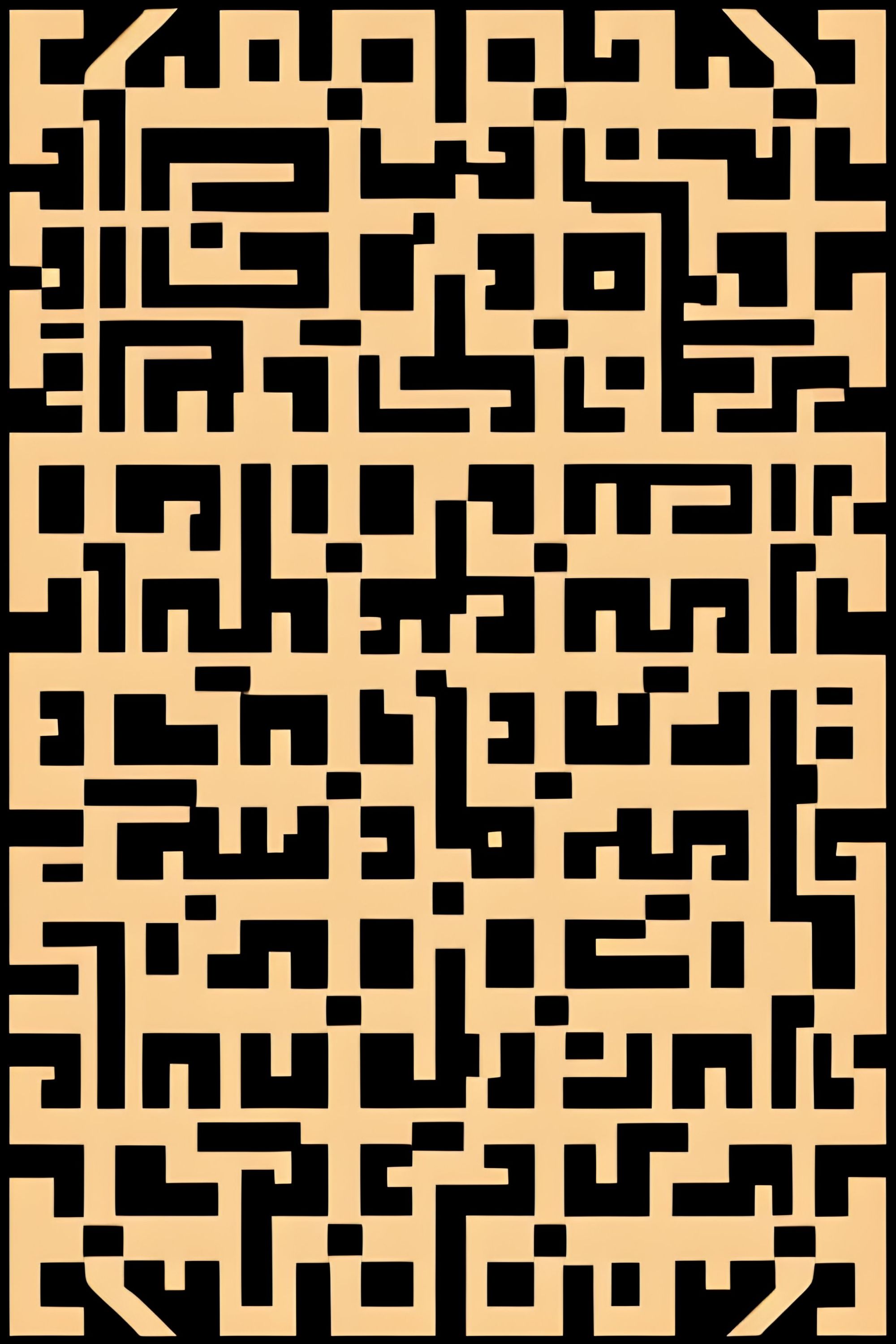Labyrinth of the Phantom Composer
In "Labyrinth of the Phantom Composer: A Symphony of Mystery," the musical odyssey serves as a metaphor for the complexities of human creativity and the enduring allure of the arts.

In the heart of Vienna, where the echoes of classical music still resonated through time, a forgotten masterpiece awaited discovery—the labyrinth of the Phantom Composer. This enigmatic maestro, an embodiment of musical complexity and spectral intrigue, had left behind a symphony that defied comprehension.
The tale began with a young prodigy, Sarah Reynolds, a brilliant pianist with an insatiable thirst for musical mastery. Her sentences, infused with the language of sonatas and the poetry of compositions, wove intricate tales of her passion for the piano. From the grandeur of concertos to the delicacy of nocturnes, her sentences mirrored the depths of her musical soul.

Sarah's pursuit of perfection led her to the archives of Vienna's prestigious conservatory, where she stumbled upon an obscure manuscript—the Phantom Sonata. Its pages bore the signature of a composer known only as the Phantom, whose identity remained a riddle shrouded in complexity.
As Sarah began to unravel the Phantom Sonata's haunting melodies, she discovered that the composition was like no other—a symphony of unparalleled complexity that seemed to blur the lines between reality and fantasy. Each note whispered secrets of a spectral realm, where the Phantom Composer's presence loomed.
Driven by curiosity and a profound connection to the music, Sarah embarked on a journey into the labyrinth of the Phantom Composer. She delved into Vienna's underground catacombs, where forgotten melodies echoed through shadowy passages and spectral waltzes danced in the flickering candlelight.
Intricate variations in sentence complexity mirrored the twists and turns of Sarah's exploration, from deciphering cryptic musical notations to navigating the intricate maze of underground chambers. As she descended deeper into the labyrinth, she encountered echoes of the Phantom Composer's past, glimpses of his spectral presence, and the ethereal beauty of his compositions.
Yet, Sarah's journey was not without its ethical dilemmas. She grappled with the complexity of her discovery, torn between sharing the Phantom Sonata with the world and preserving its enigmatic allure. Her choices reverberated through the corridors of the labyrinth, shaping the destiny of the Phantom Composer's legacy.

In a climactic moment, as Sarah performed the Phantom Sonata in Vienna's grand concert hall, she summoned the spirit of the Phantom Composer himself. It was a choice that would redefine her understanding of music, art, and the enduring power of human creativity.
In the end, Sarah chose to honor the Phantom Composer's spectral complexity, allowing his masterpiece to remain a tantalizing enigma. As she played the final notes of the sonata, the concert hall filled with an otherworldly presence—an acknowledgment from the Phantom himself.

In "Labyrinth of the Phantom Composer: A Symphony of Mystery," the musical odyssey serves as a metaphor for the complexities of human creativity and the enduring allure of the arts. It invites us to explore the depths of our own passions, embrace the intricate tapestry of our choices, and celebrate the wondrous complexity of the world of music and imagination.




